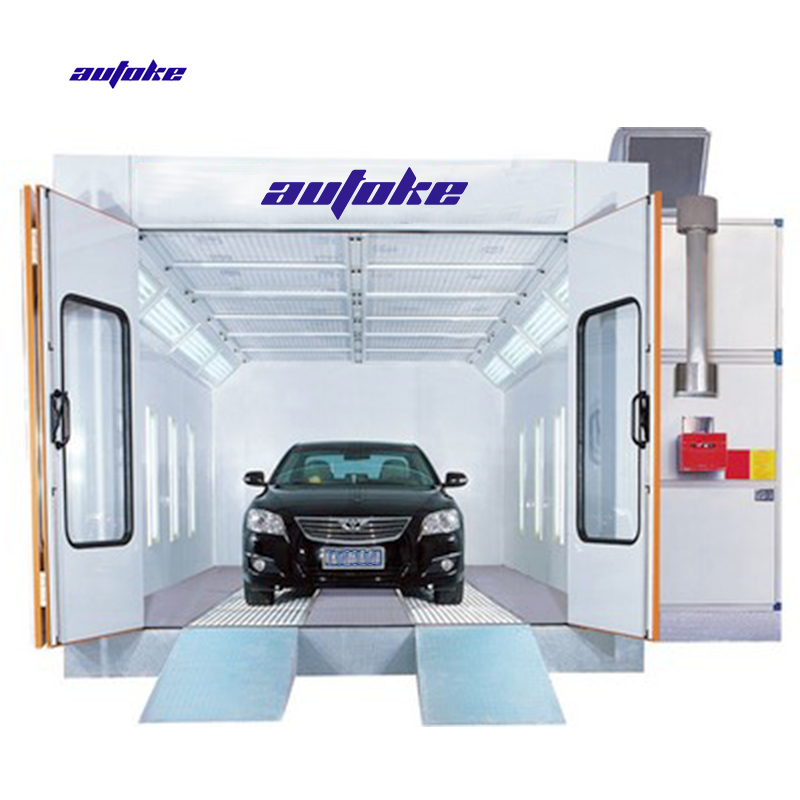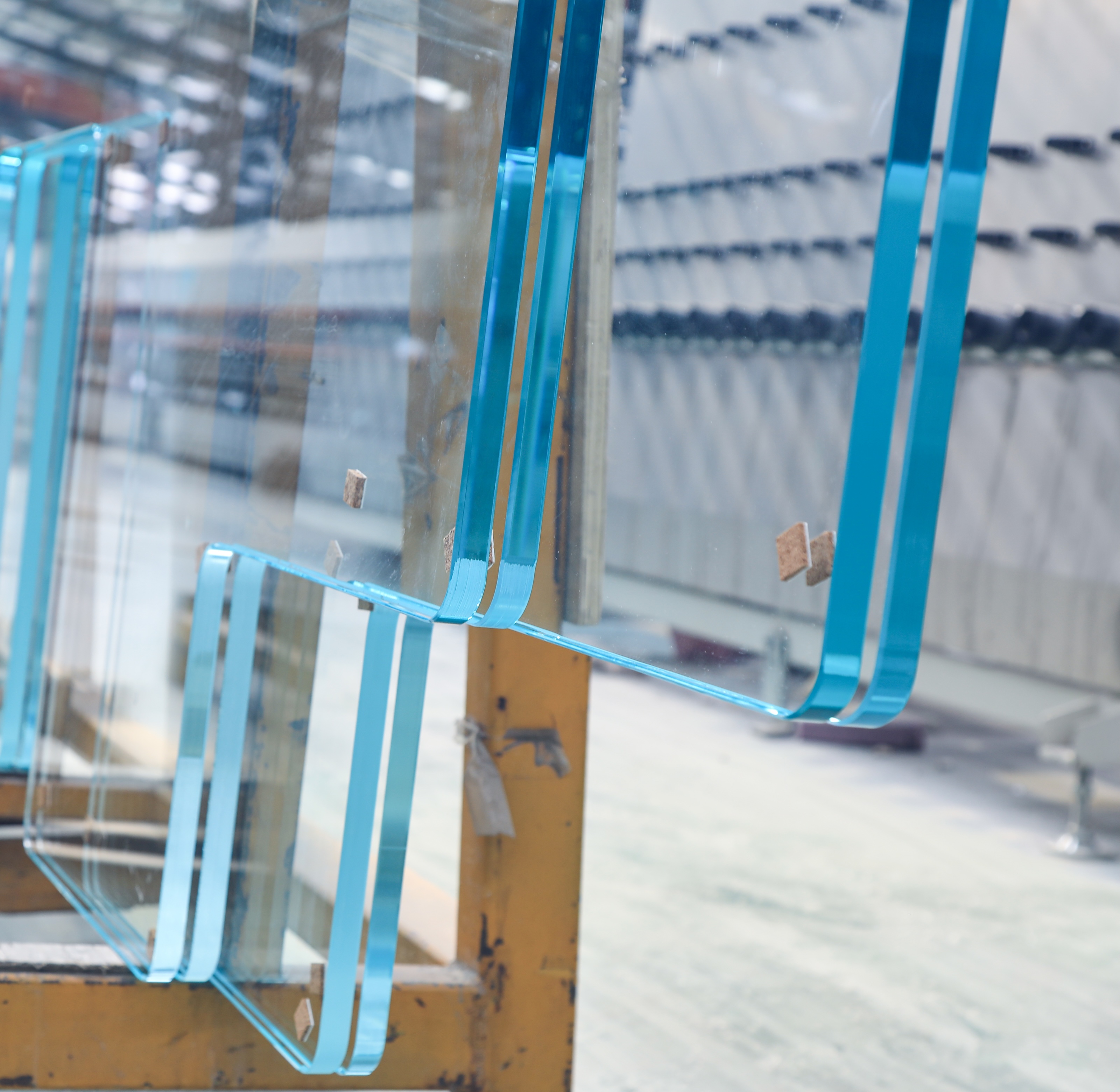Have you ever wondered why your ceiling gets wet after taking a shower? It can be frustrating and concerning to see water droplets forming on the ceiling, potentially leading to mold growth and damage. In this blog post, we will delve into the science behind this phenomenon and explore the various factors that contribute to a wet ceiling after showering.
Understanding Condensation:
The primary reason for a wet ceiling after showering is condensation. Condensation occurs when warm, moist air comes into contact with a cooler surface, causing the water vapor in the air to transform into liquid water droplets. In the case of a shower, the warm water and steam released into the air increase the humidity levels in the bathroom, creating a perfect environment for condensation to occur.
Temperature and Ventilation:
Two crucial factors that influence the extent of condensation on your ceiling are temperature and ventilation. When the bathroom temperature is lower than the temperature of the steamy air, the cool surface of the ceiling becomes a prime spot for condensation. Proper ventilation, such as exhaust fans or open windows, helps to remove the moist air and reduce the chances of condensation forming on the ceiling.
Insulation and Air Sealing:
The insulation and air sealing of your home also play a significant role in preventing moisture buildup on the ceiling. Insufficient insulation can lead to temperature differences between the bathroom and the rest of the house, increasing the likelihood of condensation. Additionally, air leaks in the ceiling can allow warm, moist air to escape into the attic, where it can condense on the cooler surfaces and cause water damage.
Preventing Ceiling Moisture:
To prevent your ceiling from getting wet after showering, there are several steps you can take. Firstly, ensure that your bathroom is adequately ventilated by using an exhaust fan or opening windows to allow the moist air to escape. Consider installing a fan with a timer to continue ventilation even after you leave the bathroom. Secondly, check for any air leaks in the ceiling and seal them to prevent warm air from entering the attic. Lastly, improving the insulation in your home can help maintain consistent temperatures and reduce the likelihood of condensation.
Conclusion:
Understanding why your ceiling gets wet after showering is essential for preventing moisture-related issues in your home. By considering factors such as condensation, temperature, ventilation, insulation, and air sealing, you can take proactive measures to keep your ceiling dry and maintain a healthy living environment. Remember to prioritize proper ventilation and insulation to minimize the risk of condensation and potential damage to your ceiling.

